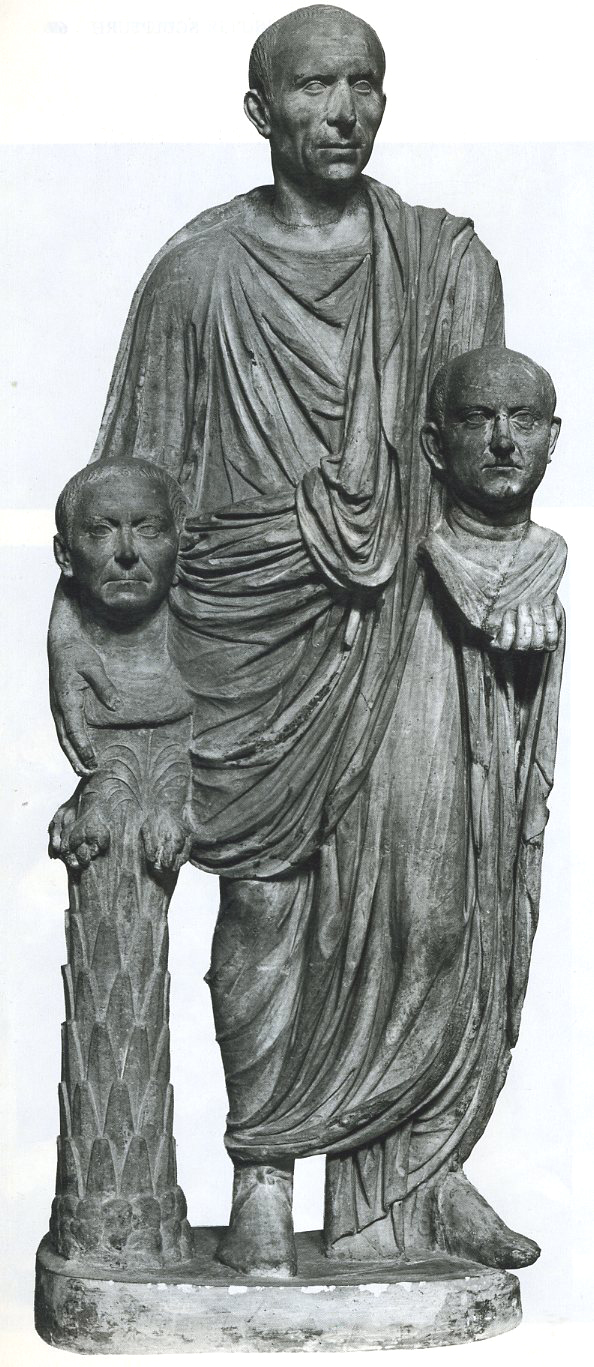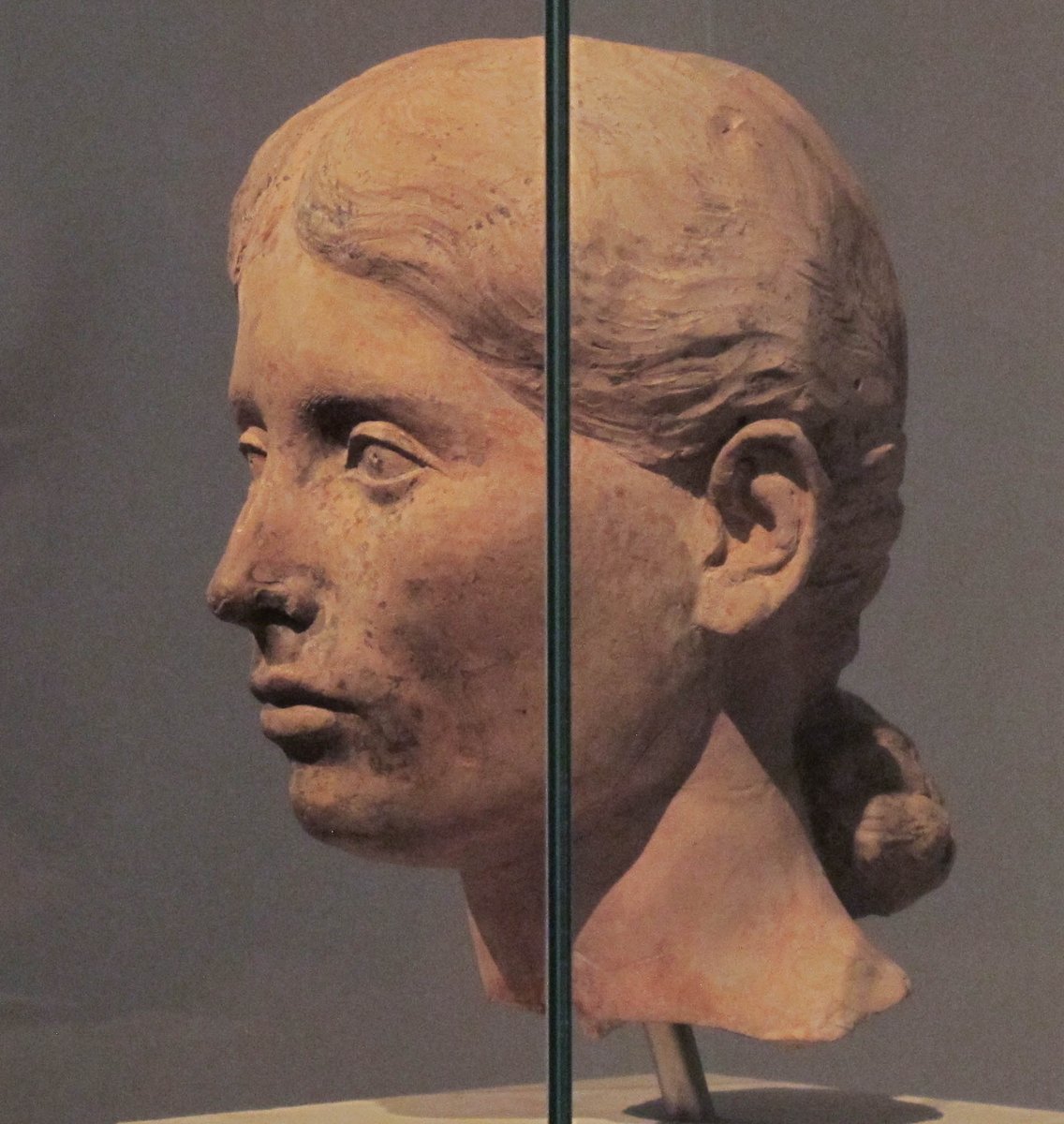

Historian Daniel Boorstin wrote in The Creators, “While the Greeks gave their gods and ideal humans form the Romans attempted to make their ruler godlike." The Romans also recognized the need to humanize their subjects, and thus Nero was given same baby fat and Hadrian was made majestic. Romans liked to put copies of Greek sculptures in their gardens and homes as decorations and works of art. Roman sculpture regressed from Greek sculpture back to images that seemed rigid and frozen in space. United Nations of Roma Victrix (UNRV) History History of ancient Rome OpenCourseWare from the University of Notre Dame / Stanford Encyclopedia of Philosophy Īncient Rome resources for students from the Courtenay Middle School Library
ROMAN PORTRAITURE ARCHIVE
The Internet Classics Archive Ĭambridge Classics External Gateway to Humanities Resources /web Internet Encyclopedia of Philosophy Metropolitan Museum of Art /about-the-met/curatorial-departments/greek-and-roman-art The Internet Classics Archive īryn Mawr Classical Review ĭe Imperatoribus Romanis: An Online Encyclopedia of Roman Emperors īritish Museum .uk Oxford Classical Art Research Center: The Beazley Archive beazley.ox.ac.uk

The Roman Empire in the 1st Century pbs.org/empires/romans

“Outlines of Roman History” “The Private Life of the Romans” | BBC Ancient Rome bbc.co.uk/history Perseus Project - Tufts University Lacus Curtius Websites on Ancient Rome: Internet Ancient History Sourcebook: Rome Internet Ancient History Sourcebook: Late Antiquity Forum Romanum Later Ancient Roman History (33 articles) Īncient Roman Life (39 articles) Īncient Greek and Roman Religion and Myths (35 articles) Īncient Roman Art and Culture (33 articles) Īncient Roman Government, Military, Infrastructure and Economics (42 articles) Īncient Greek and Roman Philosophy and Science (33 articles) Īncient Persian, Arabian, Phoenician and Near East Cultures (26 articles) Sculpture were made spectacular-looking but hard to work stone such as porphyry from Gebel Dokhan in northeast Egypt, basanite granite from Gebel Fatireh in eastern Egypt, and blue, yellow, green, black and grey marble from elsewhere in the empire.Ĭategories with related articles in this website:Įarly Ancient Roman History (34 articles) The Flauvians and Antiones had more elaborate coiffures that resembled a honeycomb of curls. During the Augustan Age, for example, women parted their hair in the middle with a central roll. Archaeologists can even date sculptures of Roman by their hairdos and clothing styles. Roman sculptures often reflected the fashions and lifestyles that were prevalent when they were made. They also used sculpted images to adorn the capitals of columns and the helmets of gladiators. Romans made sculptures of gods, heroes, emperors, generals and politicians. Heroic statue of Augustus While the Greeks made sculptures of idealized human forms, the Roman tended to make portraits.


 0 kommentar(er)
0 kommentar(er)
